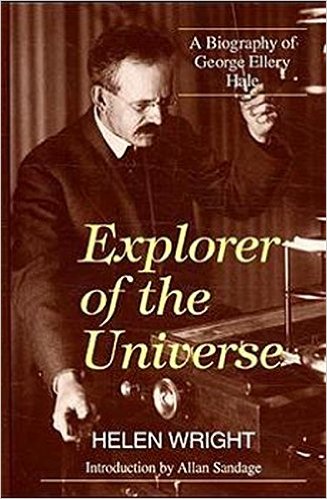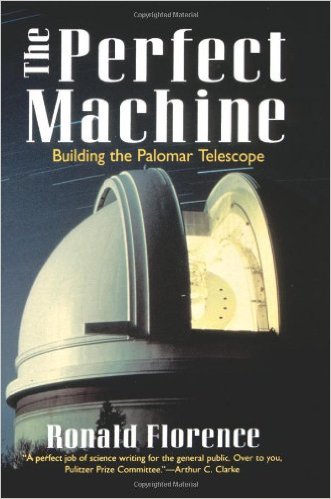About George Hale
The two books I've sourced almost all of the following material from are:Hale had a vision for astrophysics, a then newly emerging field. His mentor, British astronomer William Huggins, noted that astrophysics began with spectroscopy, when observatories "took on the appearance of a laboratory" where terrestrial and stellar chemistry meet. Hale used spectroscopy to discover Zeeman splitting in sunspots in 1908, detecting for the first time their magnetic fields. He also observed Calcium lines in prominences, and used his multi-wavelength observations to deduce the differing scale heights of structures in the solar atmosphere. One of Hale's ideas that has most impacted me is his argument for a solar-stellar connection: "We may safely infer, from many observations of recent years, that thousands of the stars are almost identical in character with the sun, though some are much larger or smaller and some are in earlier or later stages of development." Hale wrote this in 1915, in Ten Years' Work of a Mountain Observatory, a summary of discoveries at Mount Wilson. You can find a copy of this on Google books here; I recommend reading it!
It must be noted, Hale had a particularly privileged position being from a wealthy family (his father built elevators during Chicago's building boom): a colleague pointed out at the opening of Hale's Kenwood Observatory that Hale had the advantage of being able to try 10% odds experiments as he had no one to answer to.
Hale's biographers have noted that he suffered from insomnia, debilitating headaches, and depression. Before his retirement as director of Mount Wilson Observatory, he complained of "visits of the tormenting demon," a small man who would appear and criticize and disparage him. Hale was able to live with these challenges and accomplish incredible feats in his life. Today, astronomers in the Access: Astronomy group and the AAS WGAD are working to build support infrastructure to make sure astronomers now with mental health issues can have access to the help they need and can continue to contribute to the field.

